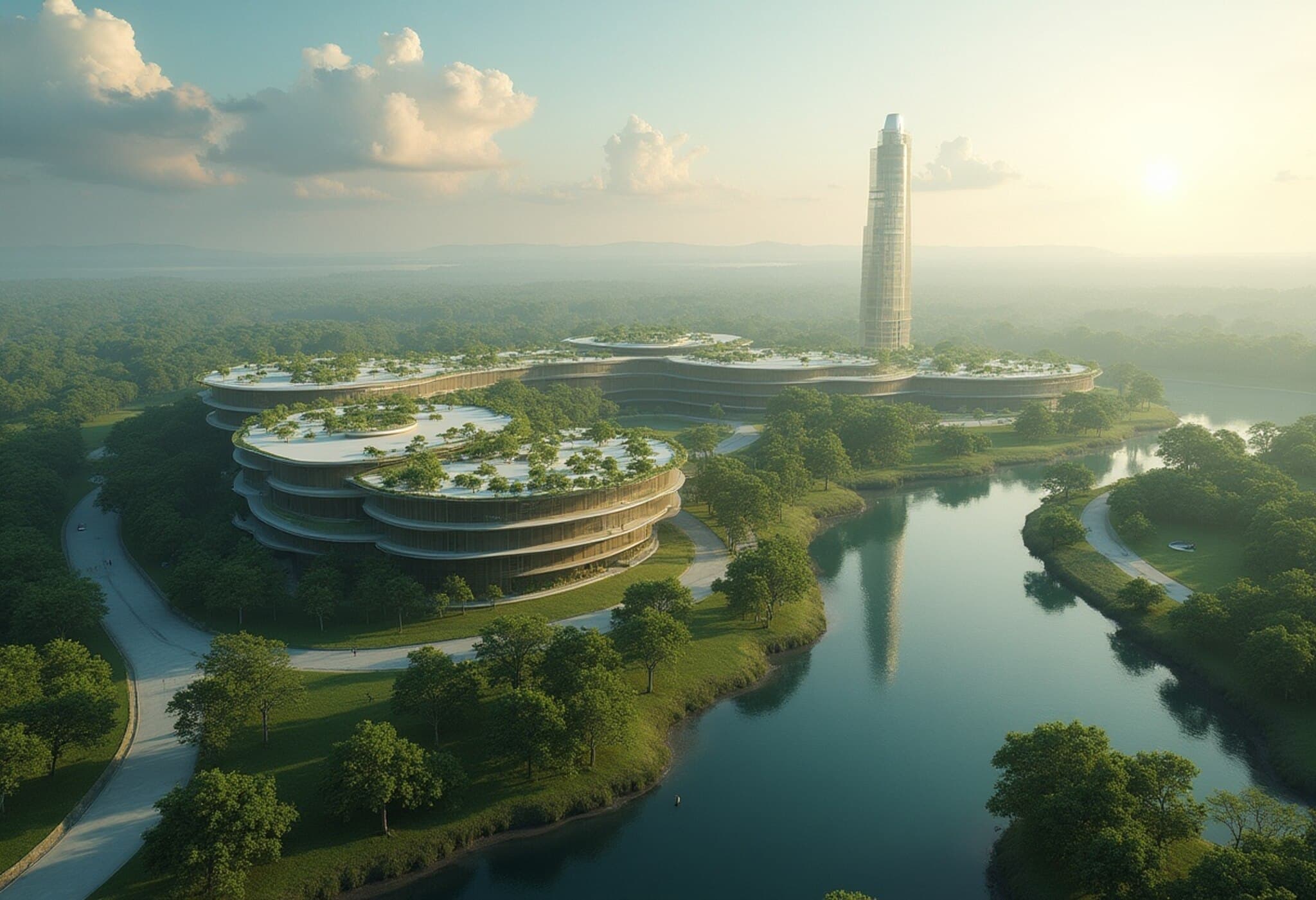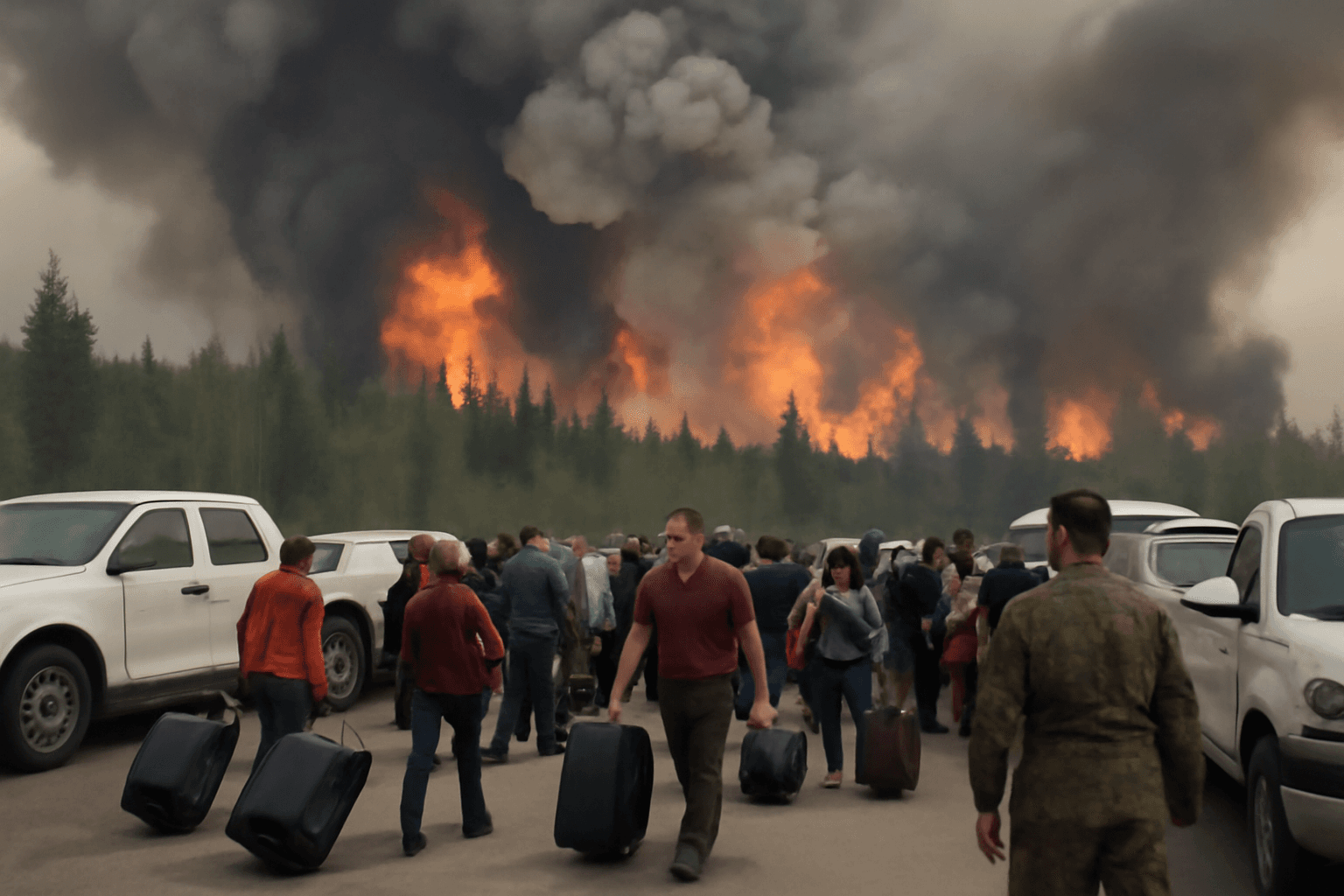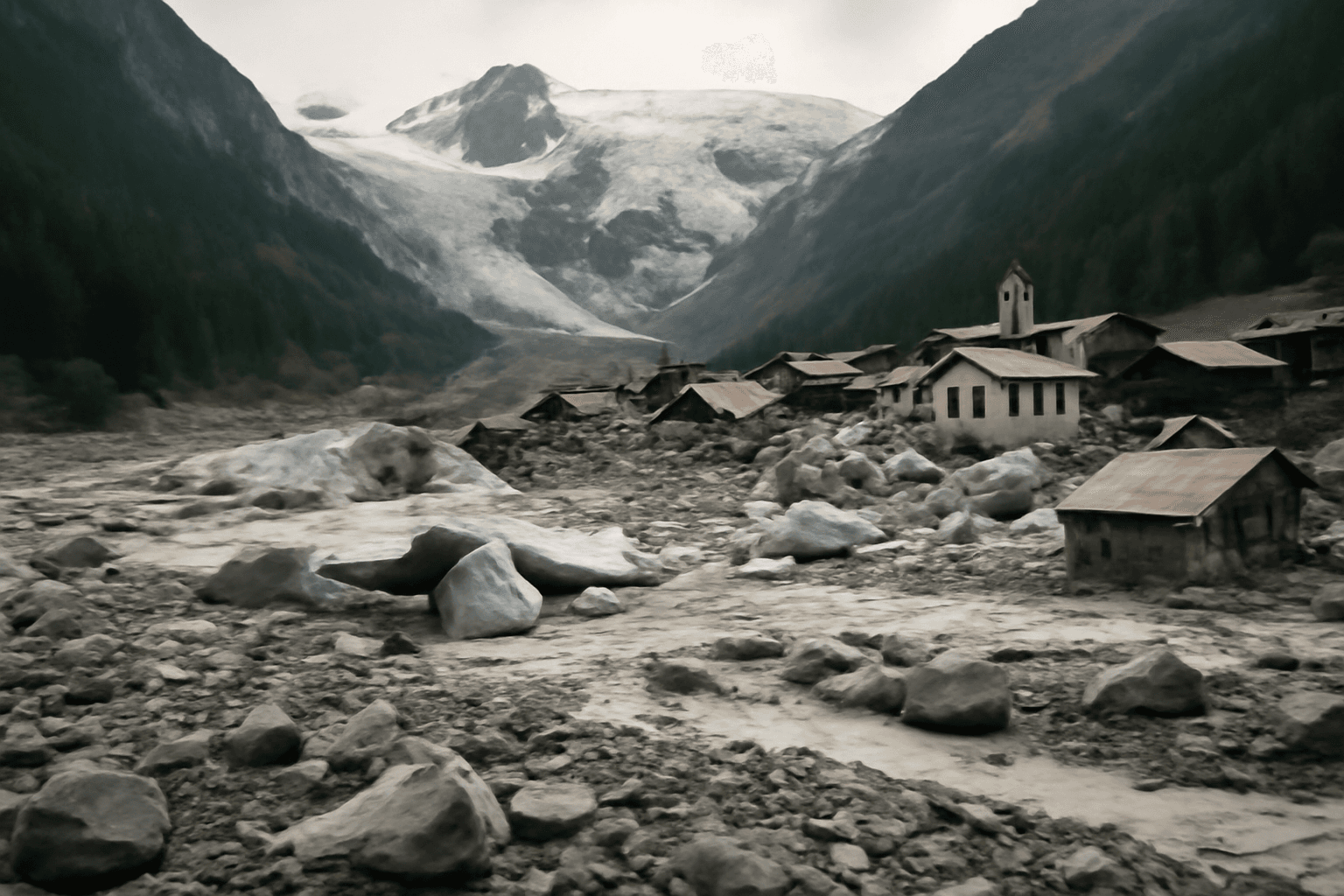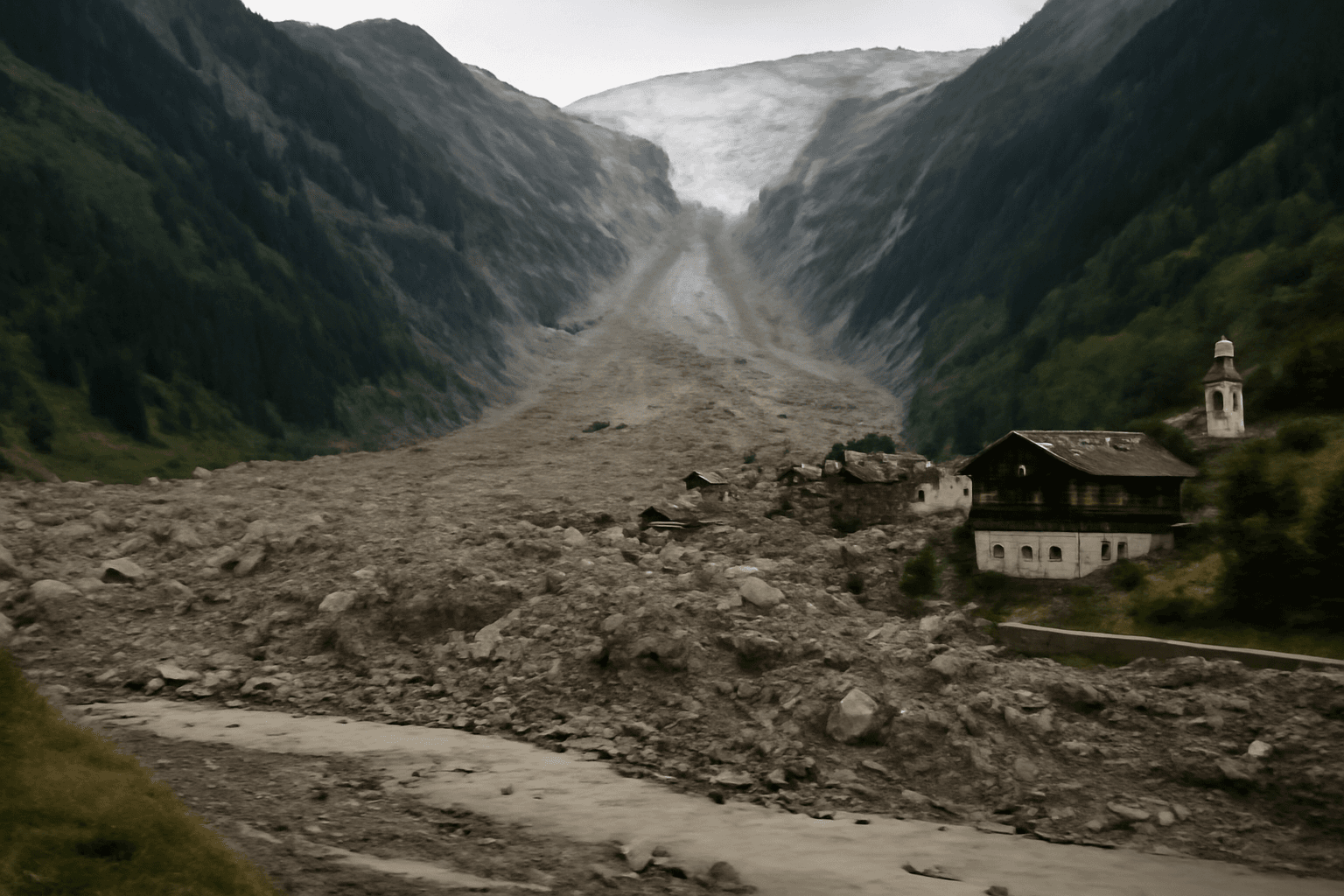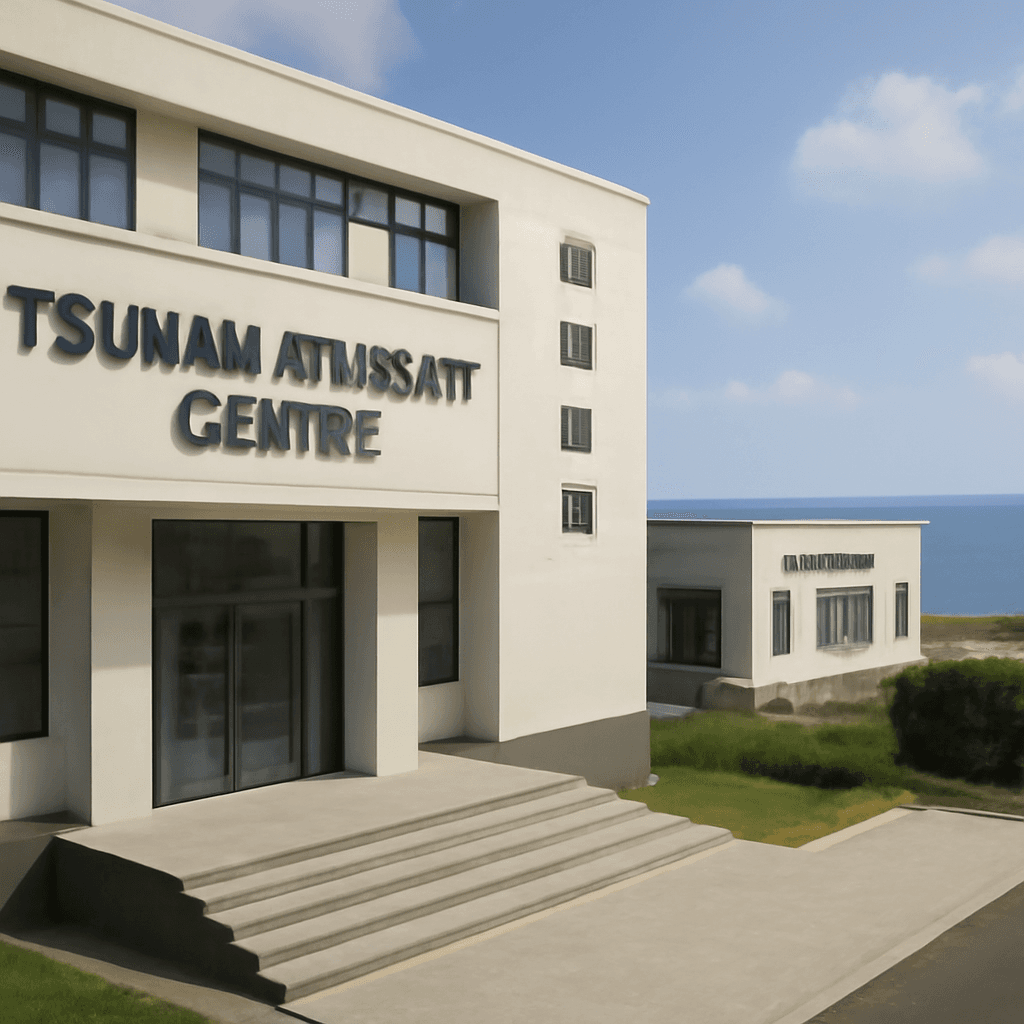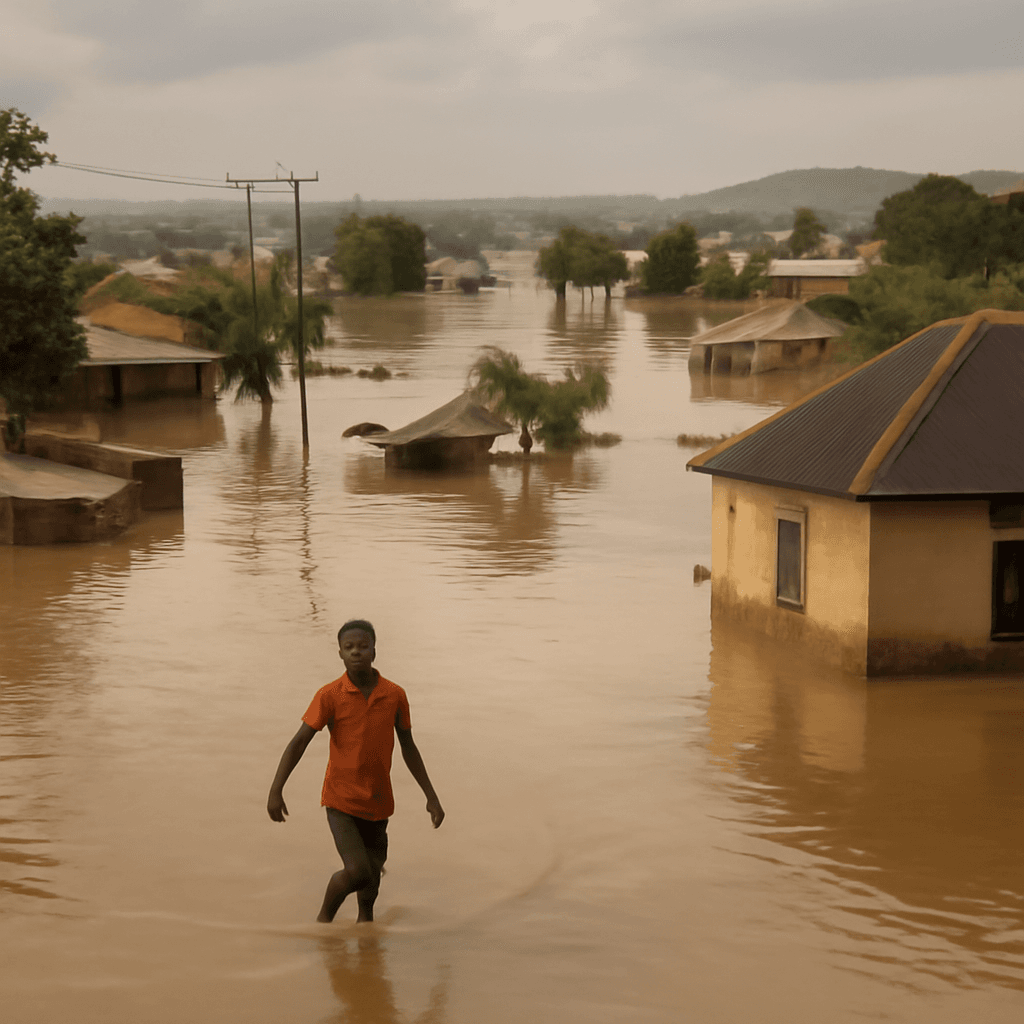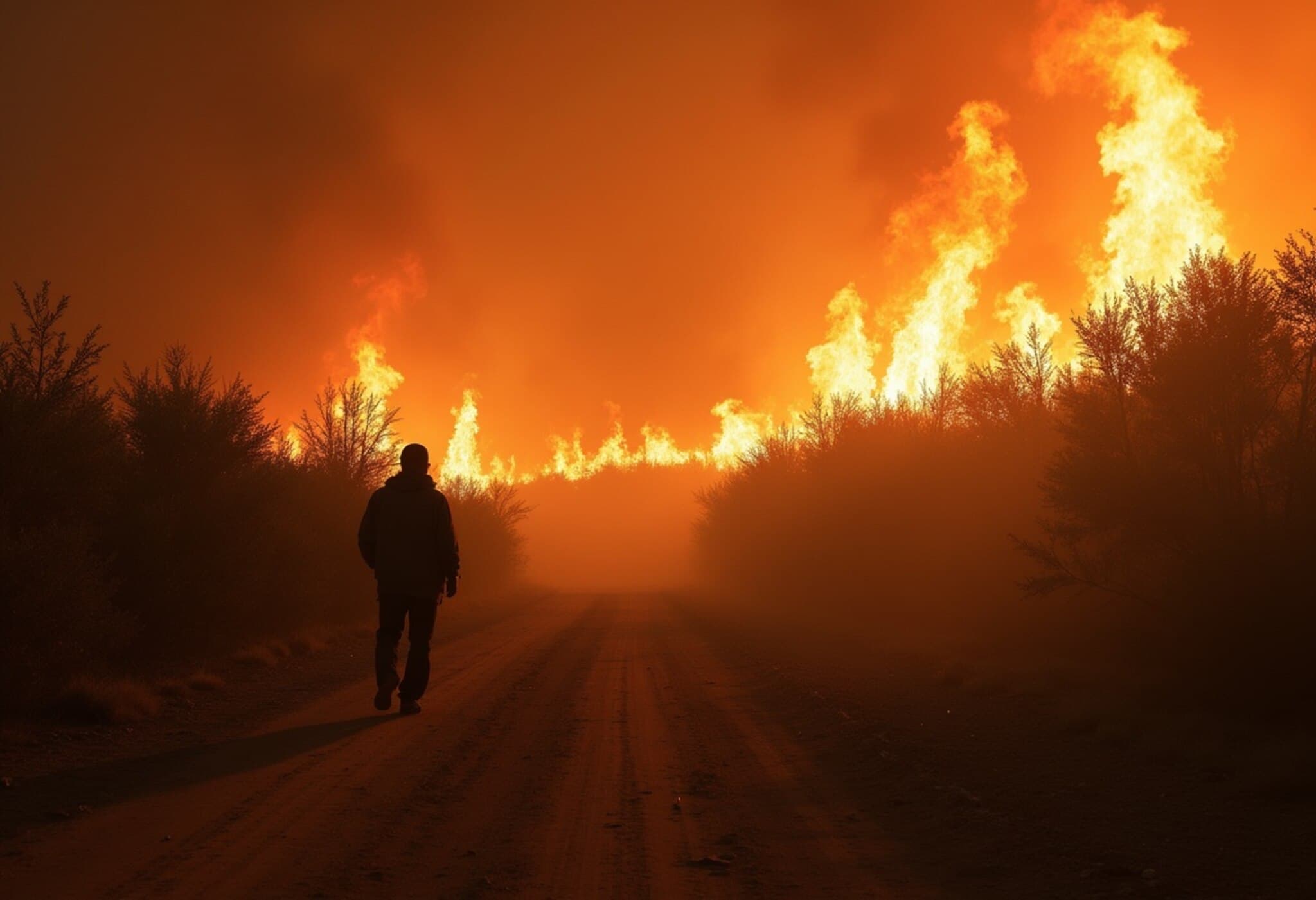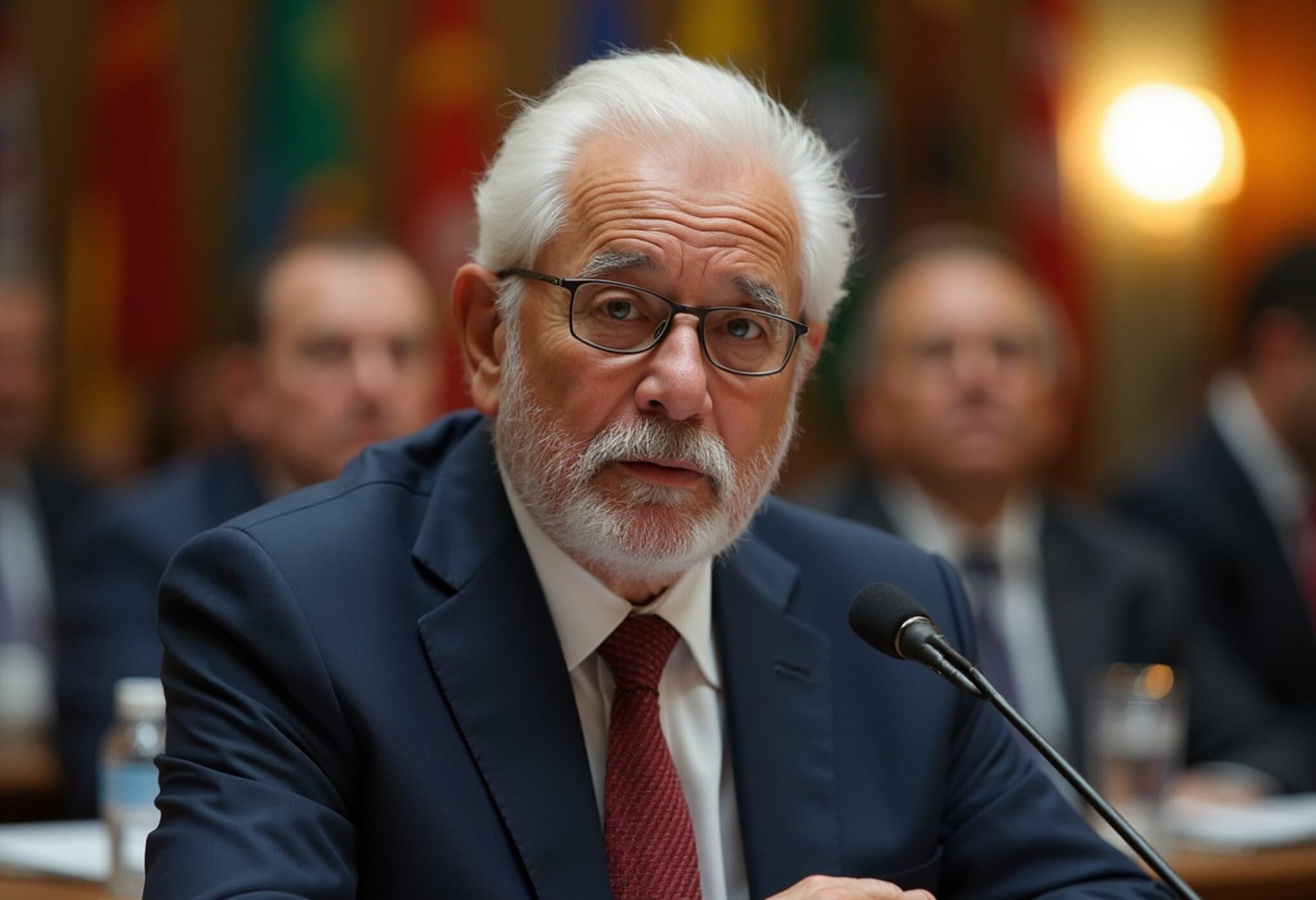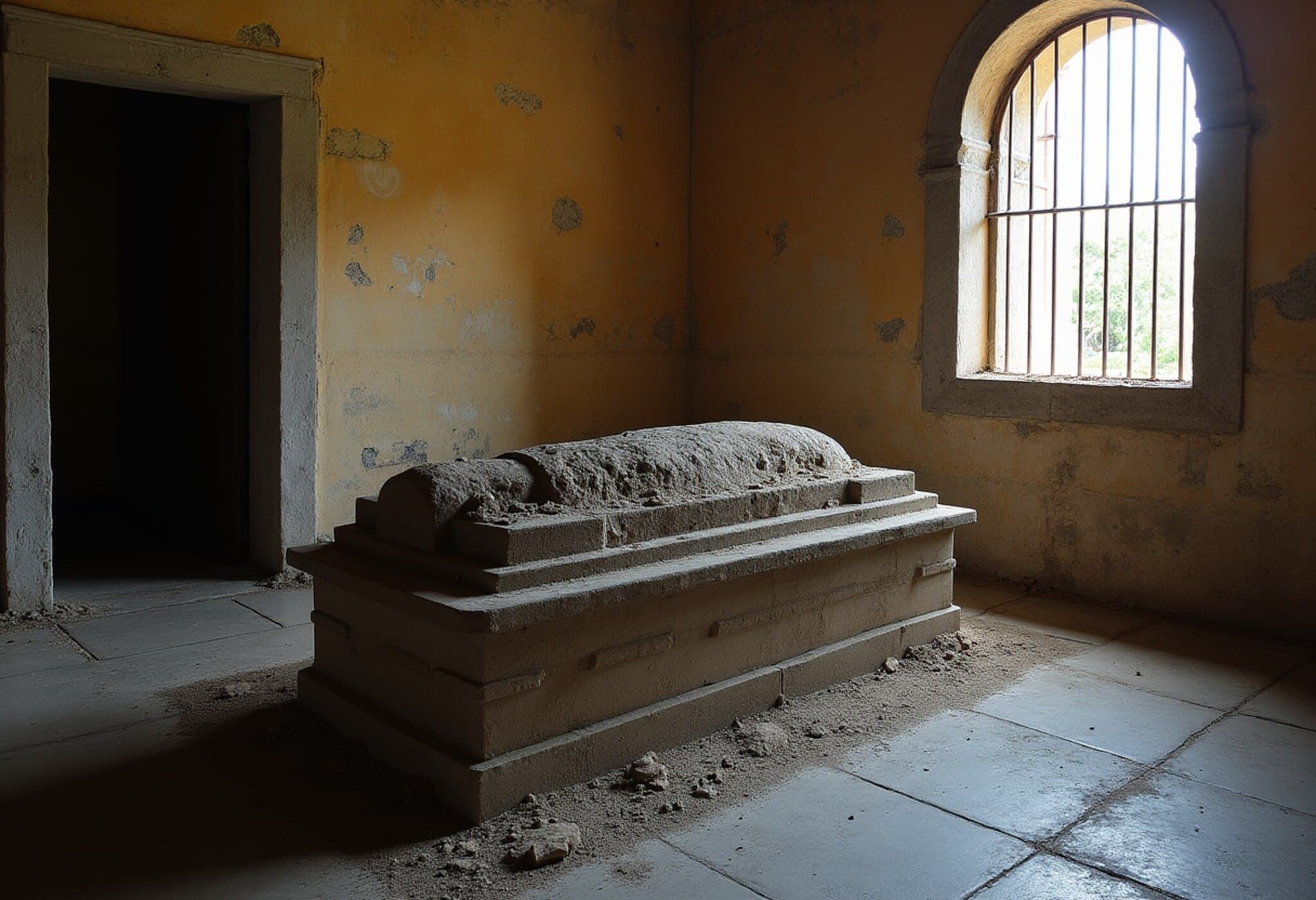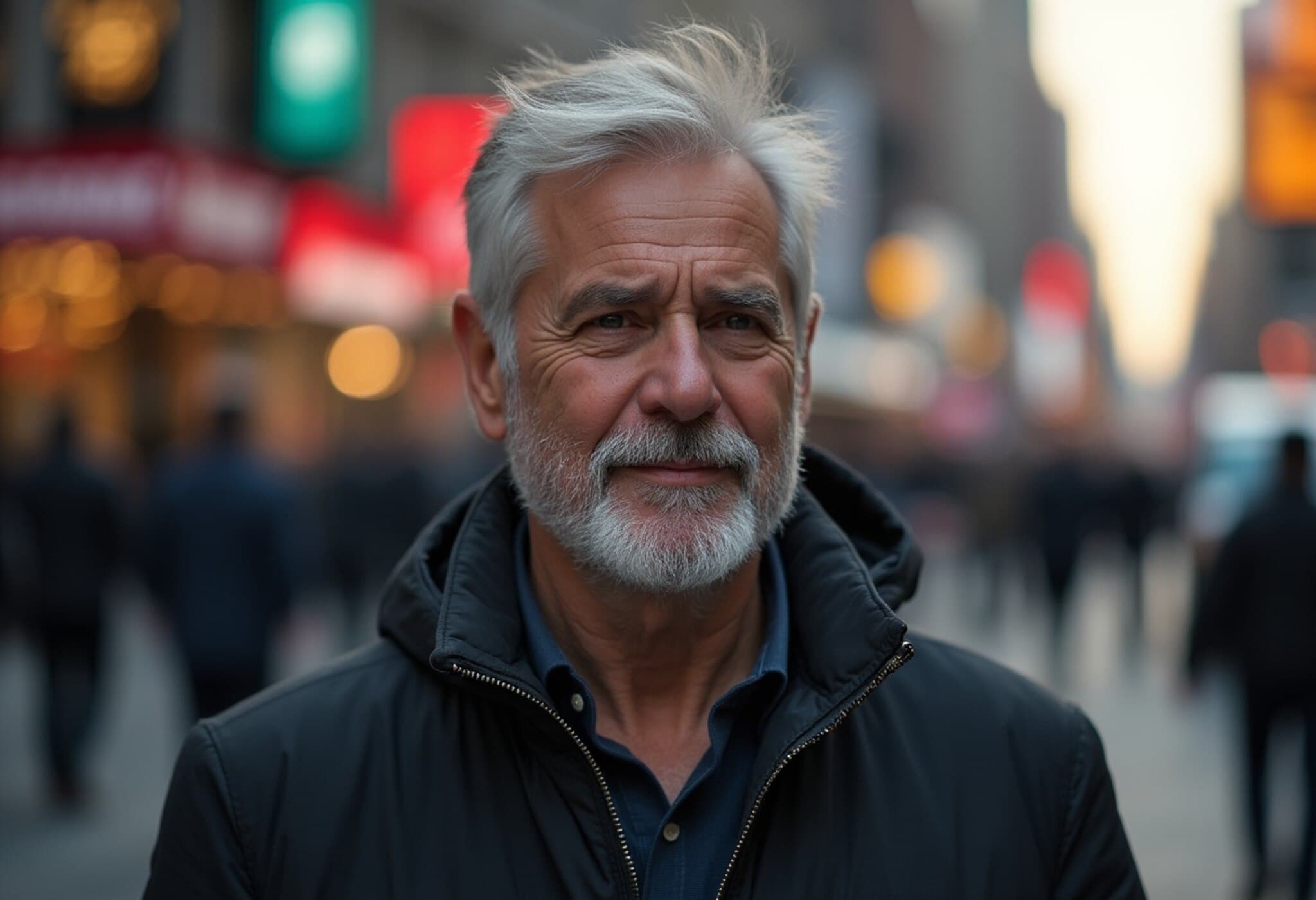Prominent Chinese Architect Kongjian Yu Dies in Brazilian Plane Crash
On September 24, 2025, a small plane crash in the picturesque wetlands of Mato Grosso do Sul, Brazil, claimed the lives of four passengers, including the renowned Chinese landscape architect Kongjian Yu. The tragedy unfolded near the city of Aquidauana, a region famed for the Pantanal — one of the world’s largest tropical wetlands and a sanctuary for diverse wildlife.
Details of the Incident
The single-engine aircraft lost control while attempting to land, reportedly spinning uncontrollably before crashing and erupting into flames upon impact. All aboard perished at the scene. The victims included Kongjian Yu, two filmmakers, and the pilot. Brazilian aviation authorities have launched a formal investigation into the crash's cause, underscoring the challenges of flying in remote and ecologically sensitive areas like the Pantanal.
Kongjian Yu: A Pioneer of Sustainable Urban Design
Kongjian Yu was internationally celebrated for his groundbreaking work in landscape architecture, particularly for the development of the sponge city concept. This innovative urban planning approach encourages cities to harmonize with natural water cycles by integrating green infrastructure — such as permeable surfaces, green roofs, and wetlands — to absorb, store, and cleanse rainwater.
Rather than relying on traditional flood barriers, Yu championed a philosophy that cities should coexist with nature’s rhythms. His work aimed to make urban spaces more resilient against the increasing unpredictability of weather patterns brought on by climate change. His vision has influenced urban planners and governments across the globe, particularly in flood-prone and rapidly urbanizing regions.
Why Yu's Approach Matters Today
- Climate Resilience: Sponge cities mitigate flooding risks by naturally managing stormwater, reducing damage to infrastructure and communities.
- Ecological Benefits: These designs enhance biodiversity and improve urban air and water quality.
- Social Equity: By integrating green spaces, they also promote healthier living environments accessible to all city residents.
Yu’s untimely death is a significant loss to the global effort in reimagining sustainable urban futures.
The Pantanal: A Sensitive Ecological Treasure
The crash occurred in the Pantanal region, celebrated for its vast biodiversity and ecological importance. As one of the planet’s largest freshwater wetlands, it sustains thousands of species and supports local communities through fishing and ecotourism.
Incidents like this tragedy also highlight the delicate balance between human activities and conservation efforts in ecologically fragile zones.
Expert Reflections and Broader Implications
Experts in urban planning underscore that Yu's work pushed boundaries in thinking about how to build cities that live in harmony with nature, rather than fighting against it. His concepts align with emerging U.S. policies aiming to bolster climate resilience by investing in green infrastructure, reflecting a global trend toward nature-based solutions.
Moreover, this fatal accident brings attention to the logistical challenges of travel in remote ecological areas—raising questions about aviation safety standards, pilot training, and the environmental risks associated with increased human presence in sensitive natural habitats.
Looking Ahead
While investigations into the crash continue, stakeholders worldwide remember Kongjian Yu not only as an innovator but also as an advocate for a future where urban development respects ecological processes.
His legacy urges policymakers, architects, and the public to continue prioritizing sustainable designs that embrace natural systems as vital allies in facing climate change.
Editor’s Note
This heartbreaking incident serves as a poignant reminder of both the fragility of human endeavors and the urgency of sustainable innovation. Kongjian Yu’s life work challenged traditional urban paradigms and offered a hopeful blueprint for cities worldwide confronting climate uncertainty. As investigations proceed, it is crucial to reflect on how advancing safety in vulnerable regions and continuing Yu’s pioneering spirit can shape resilient and harmonious futures for all communities.

